How to Optimize Supply Chain for Beach Sun Lounger Production
 Apr 21,2025
Apr 21,2025

 Topmax Furniture
Topmax Furniture
Beach sun lounger have transitioned from niche resort furnishings to essential components of global leisure infrastructure, spanning luxury hotels, private beaches, and urban rooftop pools. As demand surges alongside tourism recovery and urbanization trends, Beach Sun Lounger manufacturers face mounting pressure to deliver high-quality products swiftly while managing costs. However, the complexity of producing beach sun loungers—ranging from material sourcing to international logistics—requires a meticulously optimized supply chain.
For manufacturers, the stakes are high. Delays in raw material procurement, production bottlenecks, or logistical hiccups can lead to missed delivery windows, eroding client trust and forfeiting market share. Conversely, a streamlined supply chain not only enhances production efficiency but also positions brands as reliable partners for furniture importers and large-scale project suppliers.

Sourcing Raw Materials: The Foundation of a Robust Supply Chain
The first step in optimizing the supply chain for beach sun lounger production is to source raw materials from reliable suppliers. Common materials used in beach sun lounger manufacturing include metals (such as aluminum and steel), plastics, woods (like teak and eucalyptus), and fabrics for cushions. Manufacturers should conduct thorough research to identify suppliers with a proven track record of quality, reliability, and competitive pricing.
For instance, when sourcing aluminum for the frames of beach sun lounger, manufacturers can look for suppliers who offer high - grade aluminum alloys that are lightweight yet durable, resistant to corrosion, and suitable for outdoor use. Building long - term relationships with such suppliers can lead to better terms, volume discounts, and more stable supply, reducing the risk of material shortages during peak production seasons.
However, supplier diversification is critical. Relying on a single supplier for critical components like aluminum extrusions or textile slings exposes chaise lounge beach chair manufacturers to geopolitical risks, price volatility, and stock shortages. By cultivating relationships with suppliers across multiple regions—for example, sourcing aluminum from both Asia and Europe—manufacturers can mitigate disruptions. This strategy not only ensures continuity but also fosters competition among suppliers, driving innovation and cost efficiency.
Second, quality control protocols must be rigorous. Implementing third-party inspections and certifications for materials ensures compliance with international standards. For instance, testing the UV resistance of plastic resins or the load-bearing capacity of aluminum frames can prevent costly recalls and warranty claims. A single batch of subpar material could compromise an entire production run, making upfront investment in quality assurance a strategic imperative.
Finally, volume purchasing and strategic partnerships can unlock cost advantages. Negotiating long-term contracts with suppliers during off-peak seasons or leveraging group purchasing consortia can reduce material costs by 15–20%. For large-volume buyers like hotel chains or municipal beach projects, these savings directly enhance competitiveness.
Streamlining the Manufacturing Process
Investing in Advanced Manufacturing Technologies
To increase production efficiency, chaise lounge beach chair manufacturers should consider investing in advanced manufacturing technologies. Automated machinery can significantly reduce production time and improve the precision of manufacturing processes. For example, CNC (Computer Numerical Control) machines can be used to cut and shape metal and wood components with high accuracy, reducing waste and ensuring consistent quality.
In addition, 3D printing technology can be utilized for prototyping and small - batch production of unique or custom - designed beach sun lounger parts. This allows chaise lounge beach chair manufacturers to quickly test new designs and make adjustments before full - scale production, saving time and resources in the product development cycle.

Implementing Lean Manufacturing Principles
Lean manufacturing principles focus on eliminating waste and improving the flow of production. By analyzing the entire manufacturing process, chaise lounge beach chair manufacturers can identify areas of inefficiency, such as overproduction, waiting times, and unnecessary movement of materials.
For instance, implementing a just - in - time (JIT) inventory system can help reduce inventory holding costs. Instead of stocking large amounts of raw materials and finished products, materials are delivered to the production line just in time for use, and finished products are shipped out as soon as they are completed. This not only reduces storage costs but also minimizes the risk of inventory obsolescence.
Standardizing Production Processes
Standardizing production processes ensures that each beach sun lounger is manufactured to the same high - quality standards. This includes standardizing the assembly procedures, quality control checks, and even the packaging process. When production processes are standardized, it becomes easier to train employees, monitor quality, and identify and address any issues quickly.
For example, having a set of detailed assembly instructions and quality control checklists for each type of beach sun lounger model ensures that every unit meets the required specifications. This consistency in quality can enhance the brand reputation and customer satisfaction, leading to increased sales and repeat business.
Warehousing and Inventory Management
Optimizing Warehouse Layout
The layout of the warehouse plays a crucial role in the efficiency of inventory management. Chaise lounge beach chair manufacturers should design their warehouses in a way that maximizes space utilization and facilitates easy movement of materials and finished products. Organizing inventory based on product categories, production stages, or frequency of use can reduce the time and effort required to locate and retrieve items.
For example, storing frequently used raw materials near the production line and finished products close to the shipping area can minimize the distance materials need to be transported within the warehouse, improving the overall speed of the supply chain.
Implementing Inventory Management Systems
Modern inventory management systems, such as Enterprise Resource Planning (ERP) systems, can provide real - time visibility into inventory levels, production schedules, and order status. These systems enable chaise lounge beach chair manufacturers to track inventory movements, forecast demand, and manage reorder points more effectively.
By analyzing historical sales data and market trends, chaise lounge beach chair manufacturers can use these systems to predict the demand for beach sun loungers accurately. This allows them to adjust production levels and inventory accordingly, avoiding overstocking or understocking situations. For example, if the system predicts a surge in demand during the summer months, the chaise lounge beach chair manufacturer can increase production in advance and ensure sufficient inventory to meet customer orders.
Quality Control and Customer Feedback
Integrating Quality Control at Every Stage
Quality control should be an integral part of the entire supply chain for beach sun lounger production. From inspecting incoming raw materials for quality and compliance with specifications to conducting final quality checks on finished products before shipping, every stage needs to have strict quality control measures in place.
For example, when raw materials arrive at the manufacturing facility, they should be thoroughly inspected for defects, such as cracks in metal components or warping in wooden parts. During the manufacturing process, quality control checks can be performed at key assembly points to ensure that each component is correctly installed and meets the required standards.

Leveraging Customer Feedback
Customer feedback is a valuable source of information for continuous improvement. Chaise lounge beach chair manufacturers should actively seek feedback from customers regarding the quality, functionality, and appearance of their beach sun loungers. This feedback can be used to identify areas for improvement in the product design, manufacturing process, or even the supply chain.
For instance, if customers frequently complain about the durability of the fabric used in the cushions, the manufacturer can source a more durable fabric or improve the manufacturing process to enhance the fabric's resistance to wear and tear. By addressing customer concerns promptly, manufacturers can improve customer satisfaction and loyalty, which in turn can drive sales and growth.
Optimizing the beach sun lounger supply chain is not about isolated improvements—it's about creating a cohesive ecosystem where material quality and production agility work in harmony. By embracing diversification, automation, and transparency, manufacturers can transform their supply chains from cost centers into value drivers. For furniture importers and engineering procurers, partnering with a supplier that offers end-to-end visibility, adaptive production, and sustainable practices ensures projects stay on budget, on time, and aligned with evolving market demands.
In an era where supply chain resilience is paramount, the ability to navigate disruptions, innovate rapidly, and prioritize sustainability will define the industry’s leaders. By investing in these strategies, manufacturers can not only meet today's challenges but also position themselves for long-term growth in a competitive, globalized market. The future of beach sun lounger production belongs to those who recognize that supply chain optimization isn't just about efficiency—it's about building trust, driving innovation, and delivering exceptional value to every client, every time.
 Inquire Now
Inquire Now



 Home
Home Leveraging Social Media Trends to Guide Portable Beach Lounge Chair Product Development
Leveraging Social Media Trends to Guide Portable Beach Lounge Chair Product Development  You May Also Like
You May Also Like 

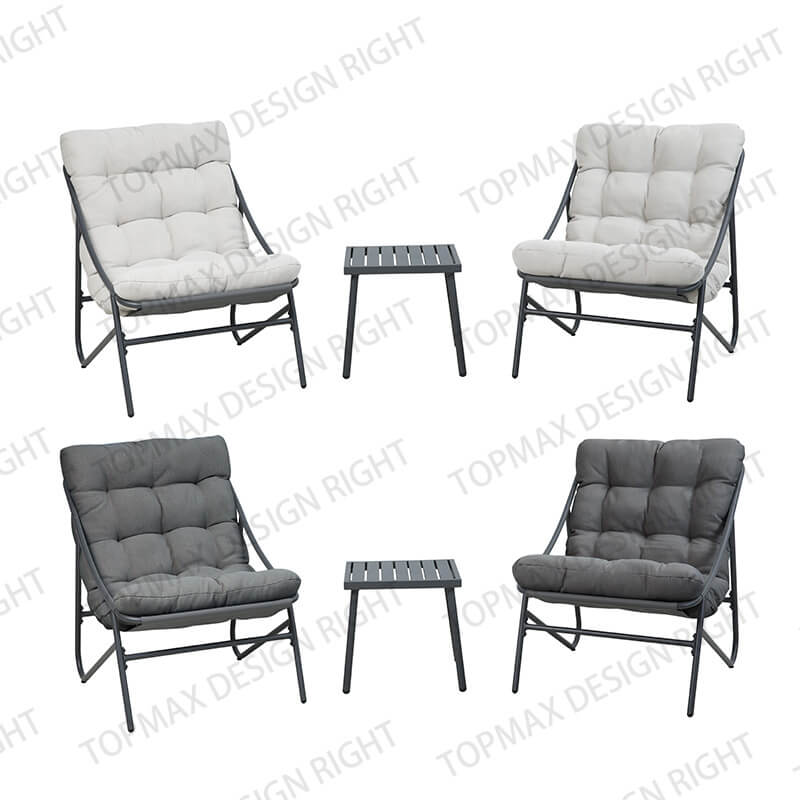
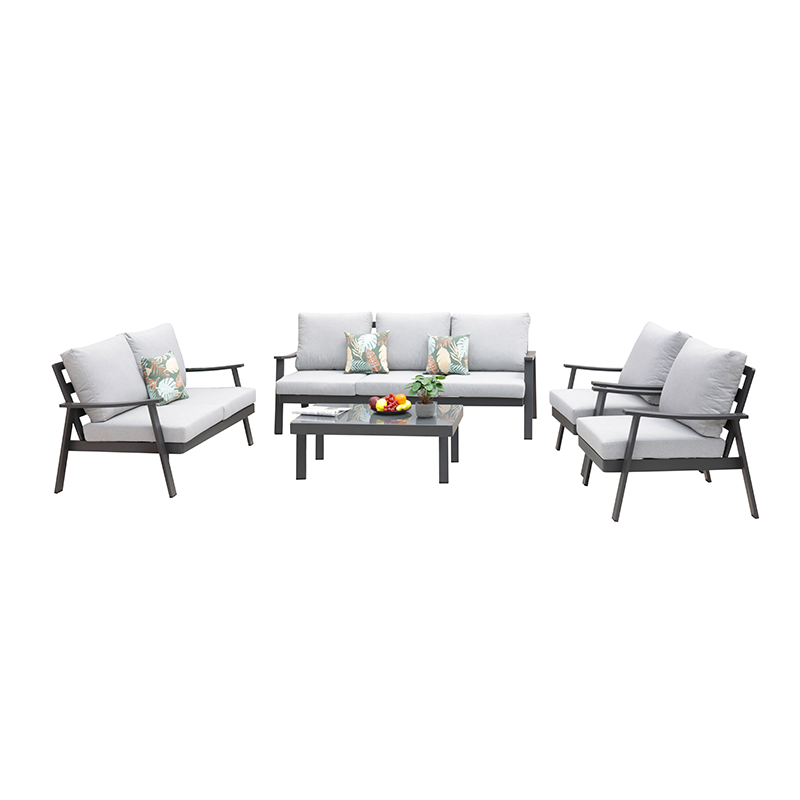

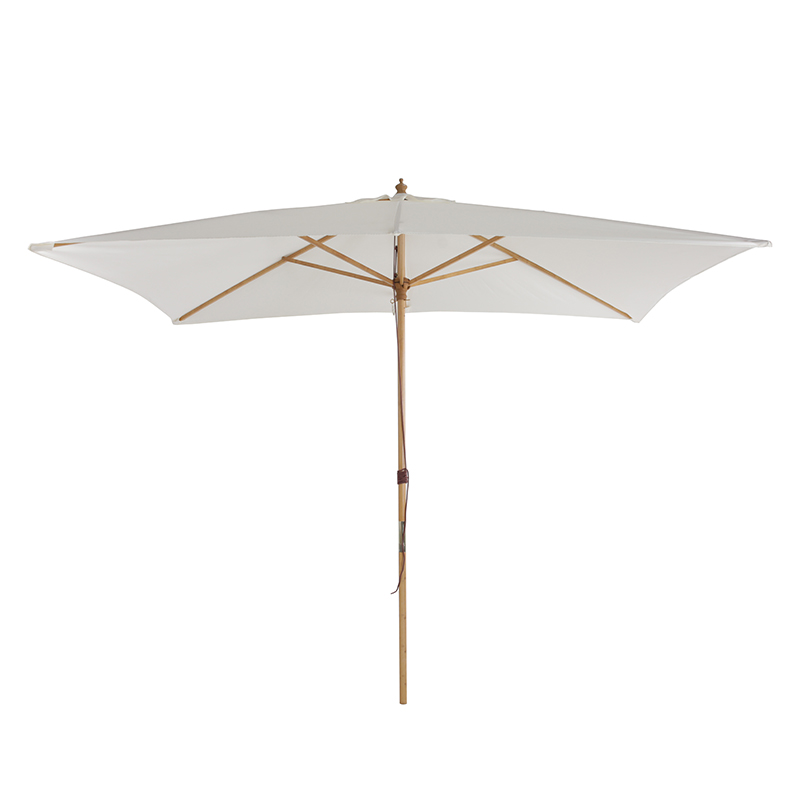
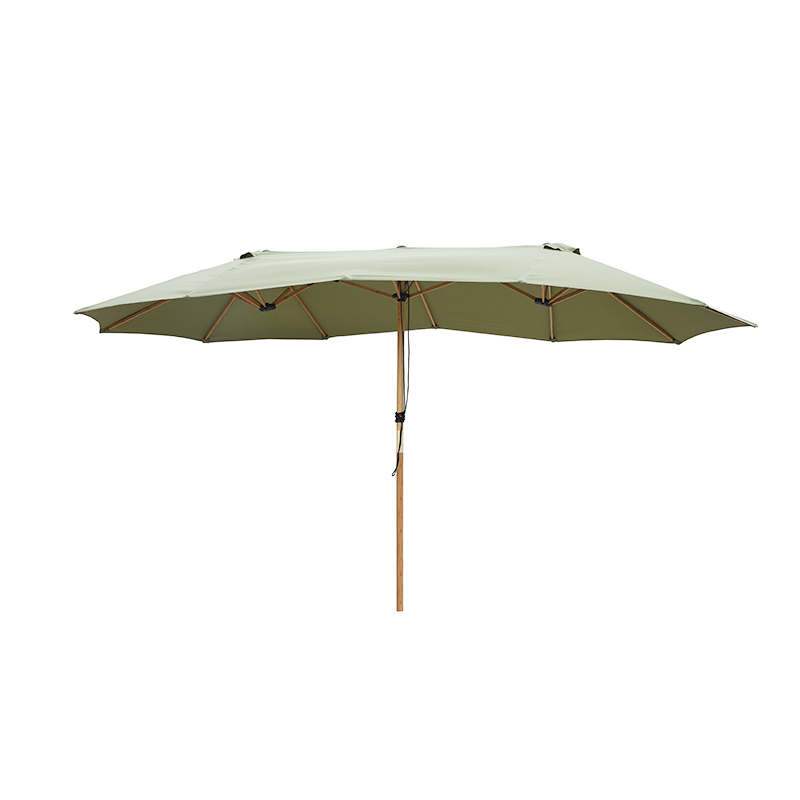

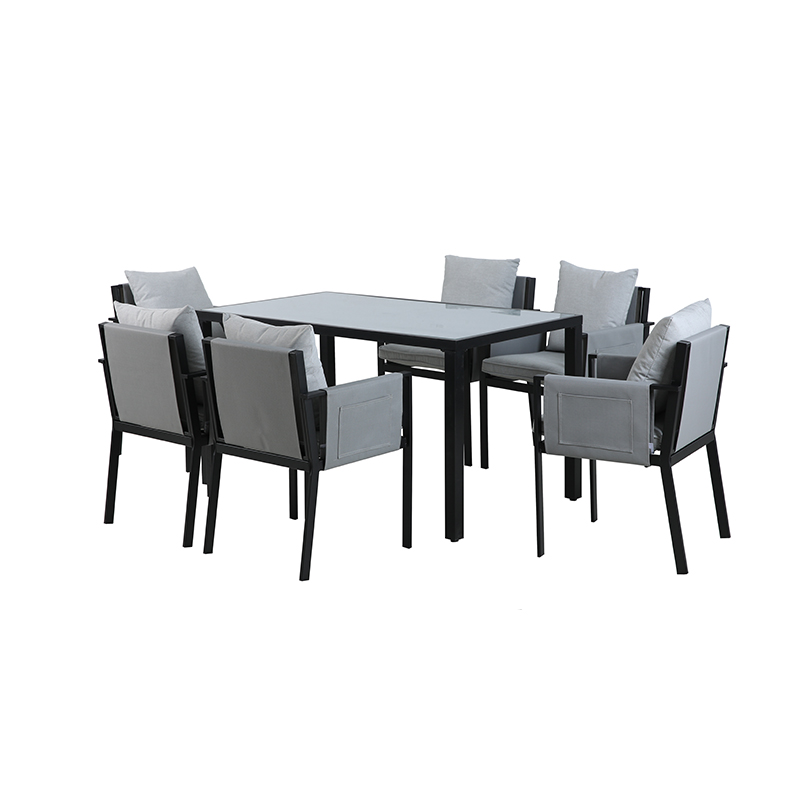
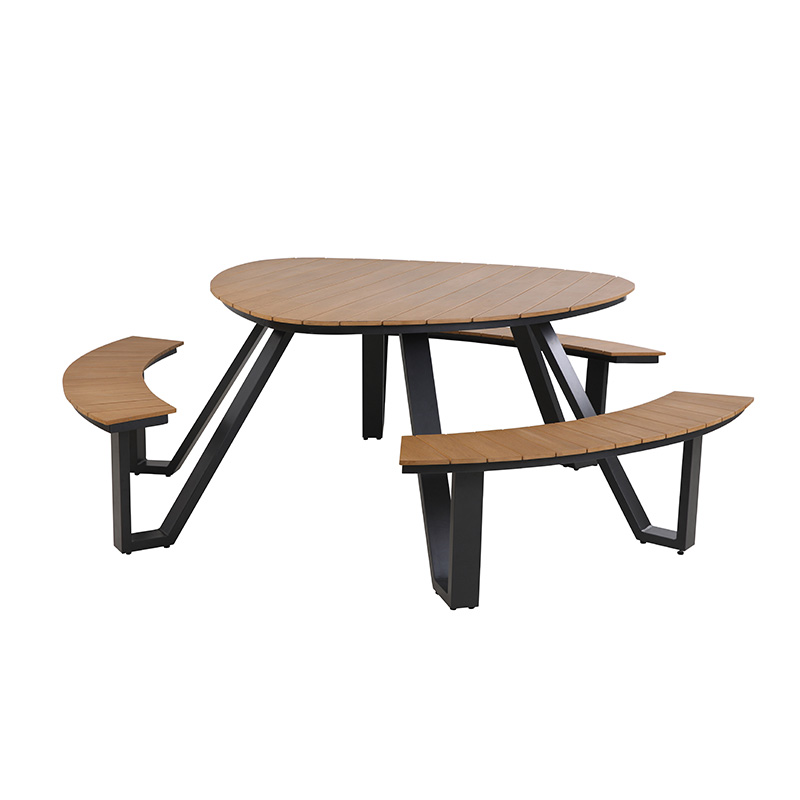
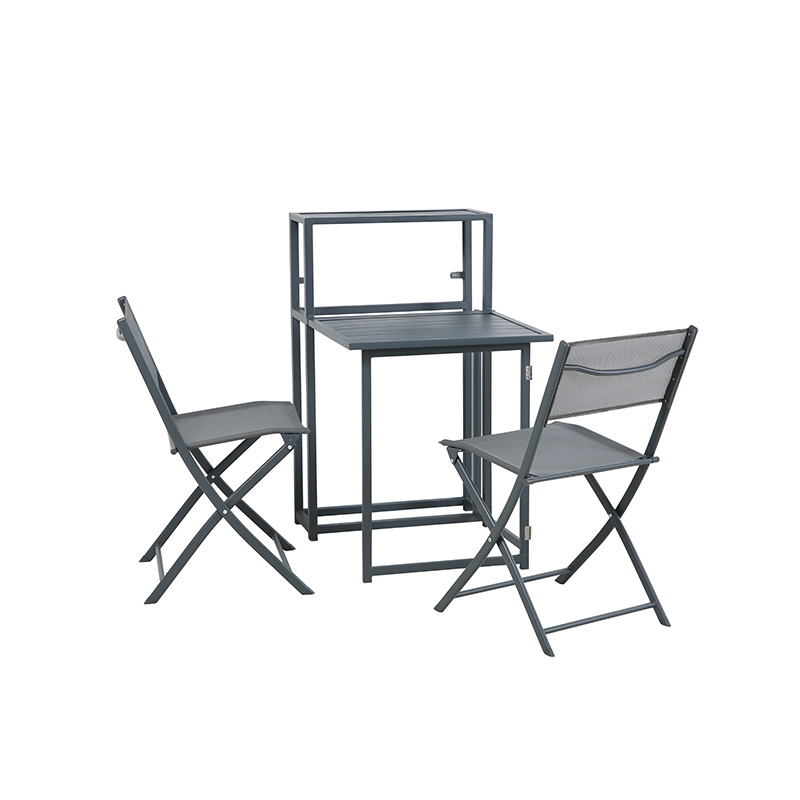
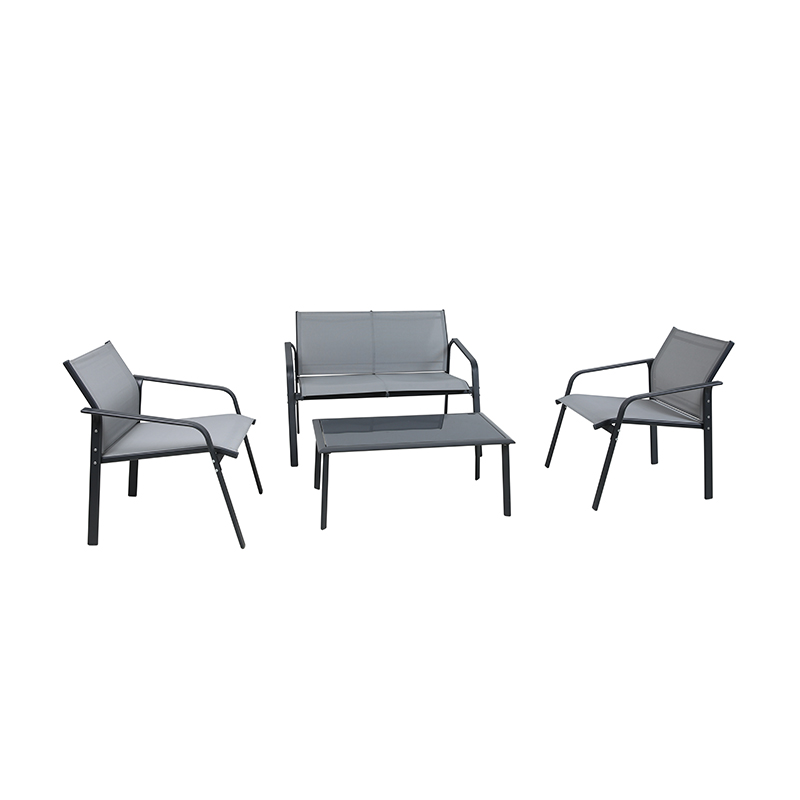
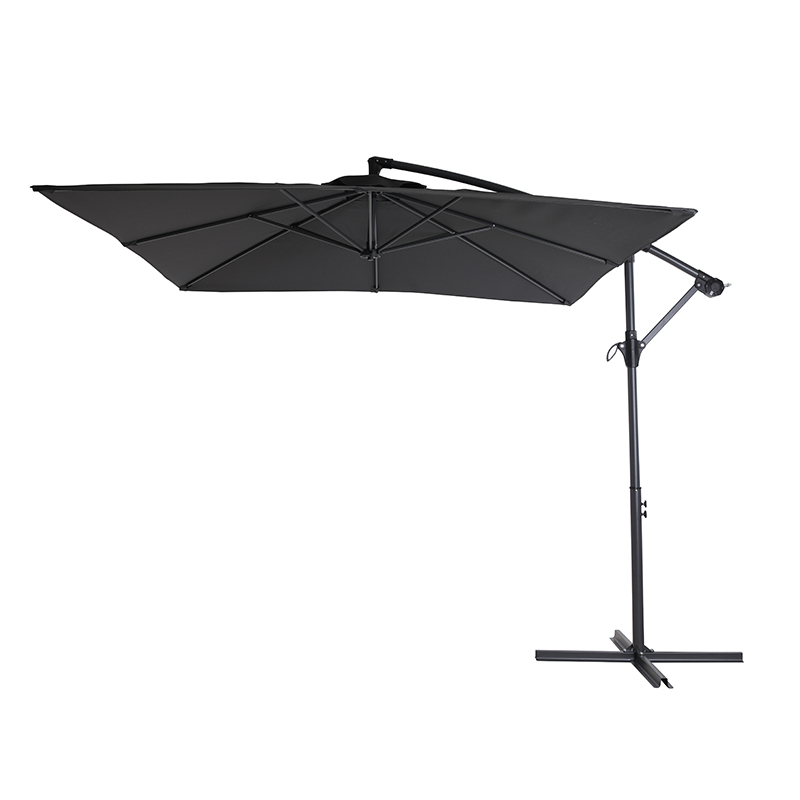
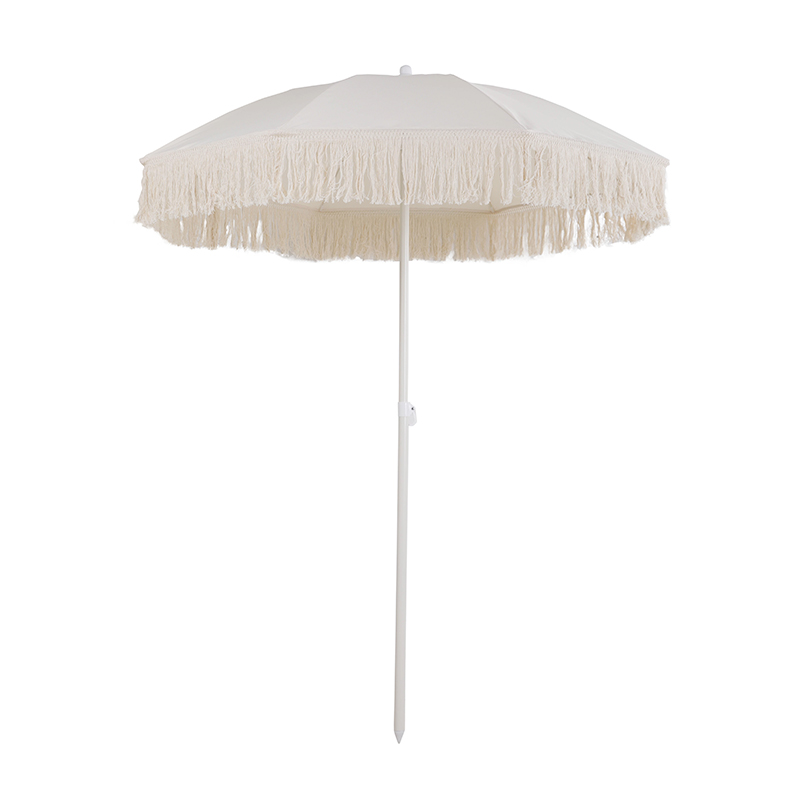
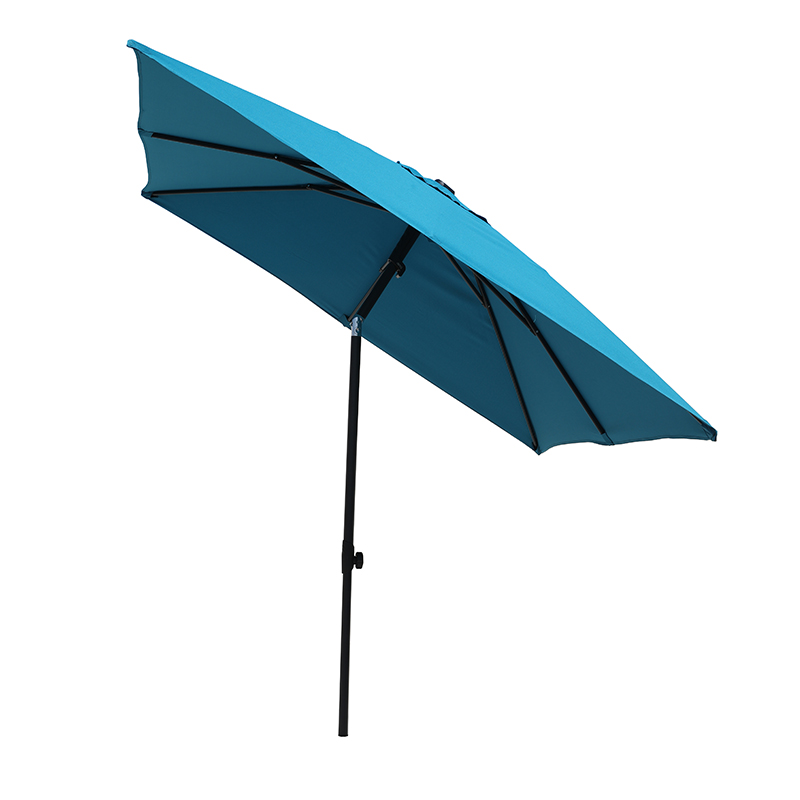
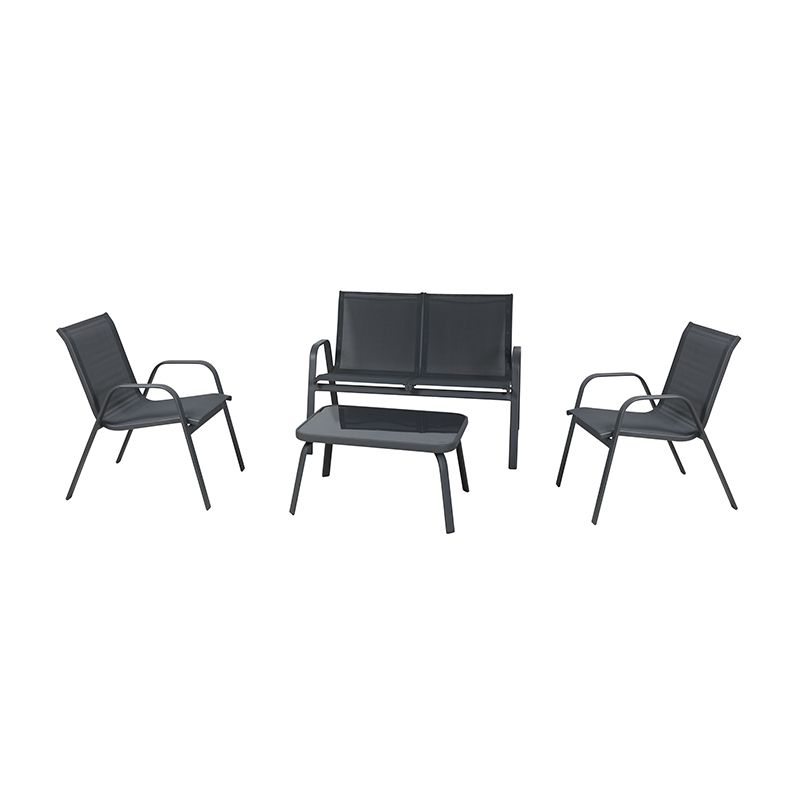



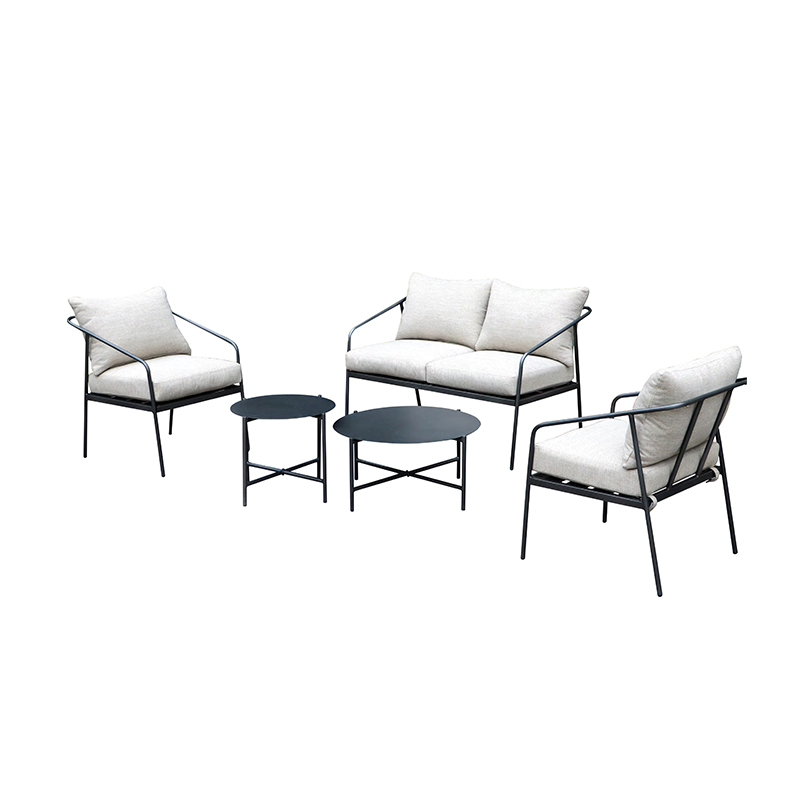
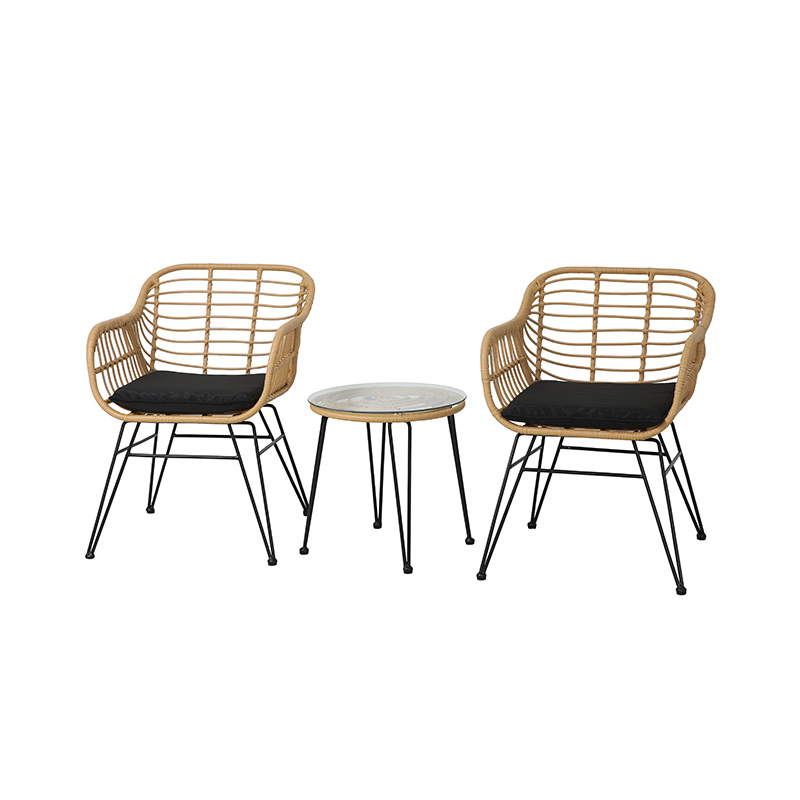

 Tel
Tel  Email
Email  ADDRESS
ADDRESS 














